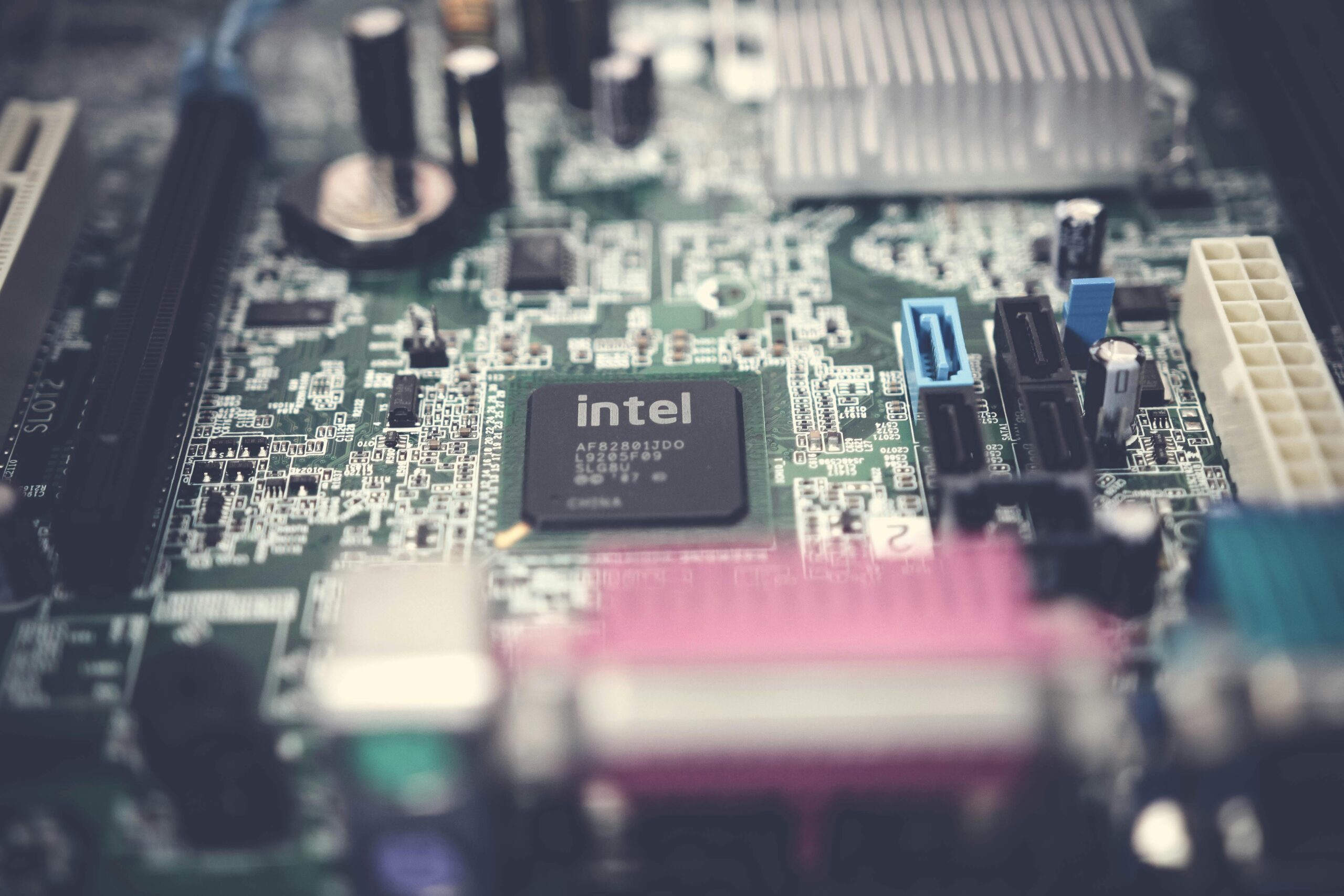Executive summary
- Headline call: best ev battery tech stocks 2025 is a thematic allocation that mixes EV OEMs with battery manufacturers, lithium/materials producers, and next-generation cell developers to balance growth and execution risk.
- Representative metrics: Tesla Q2 2025 revenue $22.5B and GAAP net income $1.17B; Albemarle Q2 2025 net sales $1.3B with Energy Storage sales $718M; LG Energy Solution Q2 2025 revenue KRW 5.6 trillion; QuantumScape Q2 2025 GAAP net loss $114.7M.
- Key thematic drivers: EV unit cycles, battery chemistry (NMC vs LFP), HVA (high-voltage anode) supply chains, and timing of solid-state commercialization determine winners and valuation re-ratings.
- Risk summary: raw-material price swings, capacity overbuild, customer concentration, and execution risk for advanced-cell players (solid-state) create asymmetric downside; hedge with diversified exposure to materials and established manufacturers.
Summary fundamentals
(Representative companies – latest reported quarter)
- Tesla, Inc. (TSLA): Q2 2025 revenue $22.5 billion; revenue YoY −12%; GAAP net income $1.17 billion; diluted EPS approximately $0.33–$0.40 per share (reported ranges across releases); cash, cash equivalents and investments ~$36.8 billion.
- Albemarle Corporation (ALB): Q2 2025 net sales $1.3 billion; revenue YoY −7%; net income $23 million; Energy Storage net sales $718 million (−14% YoY); adjusted EBITDA $336 million.
- LG Energy Solution (LGES) (KRX:373220): Q2 2025 consolidated revenue KRW 5.6 trillion; operating profit KRW 492.2 billion; large contract activity and supply deals reported July 2025.
- QuantumScape Corporation (QS): Q2 2025 GAAP operating expenses and net loss; GAAP net loss approximately $114.7 million for quarter; adjusted EBITDA loss $63.0 million; capex modest as company focuses on pilot and licensing.
- Contemporary Amperex Technology Co., Ltd. (CATL) (SEHK filings): H1 2025 revenue growth ~7–8% and net profit up ~33–34% year-over-year; core power-battery gross margin in H1 2025 ~22.4%.
- Panasonic Holdings (PCRFF): Q1 FY2025 consolidated results showed modest year-over-year revenue growth driven by industrial and automotive segments; battery JV exposure through automotive supply.
(All figures cited are from company releases, regulatory filings, and major press coverage dated July–September 2025.)
Detailed fundamental analysis
Revenue trends
EV tech revenues remain bifurcated. Tesla’s Q2 2025 revenue of $22.5B fell 12% YoY, a function of lower vehicle ASPs and weaker deliveries in some markets even as energy and AI initiatives scale. Battery suppliers show mixed dynamics: LG Energy Solution reported robust Q2 revenue reflecting contract wins and better mix, while Albemarle’s energy-storage segment saw lower pricing offset by volume gains. CATL’s H1 2025 revenue expanded modestly as domestic EV demand remained resilient. That dispersion underscores that manufacturing scale, customer contracts (OEM supply agreements), and regional end-market health drive near-term topline outcomes.
Margin drivers
Battery margins are cadence- and chemistry-dependent. LFP (lithium-iron-phosphate) adoption compresses cell ASPs but can expand volume for suppliers with LFP scale; NMC/NCA cells yield higher ASPs but are more exposed to nickel and cobalt pricing. Albemarle’s Energy Storage margins showed pressure from lower lithium prices in Q2 2025, while LGES improved operating margins through mix and efficiency gains. For OEMs like Tesla, margin recovery depends on ASP management, regulatory credit trends, and energy/AI revenue contribution.
Balance-sheet strength and capital intensity
Battery gigafactories and chemical conversion plants are capital-intensive. LG Energy Solution and CATL run large capex programs and maintain sizable balance sheets measured in KRW and CNY; Albemarle’s cash from operations was solid in Q2 2025 ($538M) despite cyclical headwinds. QuantumScape remains a development-stage company with negative operating cash flow but low capex guidance for 2025 as it steps toward licensing and pilot lines. Investors must monitor announced plant financing, government incentives, and inventory cycles.
Valuation multiples
Sector multiples diverge: scale OEMs (Tesla) trade on EV/EBITDA and growth/AI optionality; materials producers (Albemarle) trade on commodity cycles and earnings; battery makers (LGES, CATL) value capacity and long-term supply contracts; advanced-cell developers (QuantumScape) trade on optionality and binary commercialization milestones. Current market pricing reflects a high premium for proven scale and contract visibility; speculative players require milestone-based tranche sizing.
Momentum & technical snapshot
(Representative sector leader: Tesla, Inc. – NASDAQ: TSLA)
- RSI(14): ~70.2 (14-day RSI, Sep 30, 2025).
- MACD status: MACD above signal line on daily charts – short-term positive momentum across major technical providers.
- 50-day SMA & 200-day SMA: 50-day SMA ~354.23; 200-day SMA ~334.74; latest price trading above both SMAs indicating medium-term bullish trend.
- 1-month return vs Nasdaq Composite: TSLA 1-month return mid-to-high double digits (September 2025 rally); Nasdaq Composite 1-month ≈ +5.35% as of Sep 29, 2025. Sector outperformance has been driven by sentiment around EV model launches and AI/robotics initiatives.
- Average daily dollar volume: TSLA average daily share volume often >80M–100M shares; at current prices that implies multi-billion dollar daily turnover and high institutional liquidity.
Technical note: high RSI coupled with strong price momentum increases the probability of near-term consolidation; use volatility-aware sizing.
Peer comparison
Select direct public peers and headline metrics (growth, margin, D/E, forward P/E):
- LG Energy Solution (373220.KS) – Q2 2025 revenue KRW 5.6T, operating profit KRW 492.2B; improving product mix and large supply contracts (contract mentioned ~$4.3B); balance-sheet strength supported by parent and export contracts. Debt/equity modest relative to capex program.
- Albemarle Corporation (ALB) – Q2 2025 net sales $1.3B, Energy Storage net sales $718M; adjusted EBITDA $336M; exposed to lithium price cycles; debt/equity conservative after recent balance-sheet improvements.
- QuantumScape Corporation (QS) – development-stage solid-state battery company; Q2 2025 operating loss and EBITDA loss; no meaningful revenue; valuation tied to technical milestones and pilot success. Debt/equity low but cash runway and capital markets access are critical.
Comparison takeaway: LGES is a scaled battery manufacturer with visible contracts; Albemarle is a materials play tied to lithium prices; QuantumScape is a high-beta technology bet whose path to commercial volume is multi-year and binary.
Latest earnings highlights & management guidance
- Tesla Q2 2025: “Total revenue of $22.5 billion and GAAP net income of $1.17 billion.”
- Albemarle Q2 2025: “Net sales were $1.3 billion; Energy Storage net sales $718 million; adjusted EBITDA $336 million.”
- LG Energy Solution Q2 2025: “Consolidated revenue KRW 5.6 trillion and operating profit KRW 492.2 billion.”
- QuantumScape Q2 2025: “GAAP net loss and adjusted EBITDA loss consistent with development-stage profile; narrowed capex guidance.”
Each quote is drawn directly from company releases and investor materials.
Strategic moves, catalysts & risks (from filings and news)
Recent strategic catalysts
- Large supply contracts: LG Energy Solution announced a multi-year battery-supply contract framework (reported ~$4.3B contract covering 2027–2030) that secures demand for future capacity.
- Capacity ramps and localization: global gigafactory expansions from LGES, CATL and Panasonic aim to place capacity closer to OEMs-this reduces logistics risk but increases near-term capex needs.
- Materials cost trends: Albemarle’s Q2 commentary highlighted price pressure in lithium but volume gains from conversion capacity; management continues to optimize product mix and tolling arrangements.
Principal risks
- Commodity price volatility: lithium, nickel and cobalt price swings materially affect marginal economics for both producers and cell makers. Albemarle’s Q2 Energy Storage revenue fell on pricing weakness even as volumes rose.
- Execution risk and demand mismatch: overbuilding of gigafactory capacity before demand realization can lead to price pressure and margin erosion. OEM order cadence and incentives create seasonality and policy risk.
- Technology risk: solid-state and next-gen anode/cathode chemistry commercialization timelines are uncertain; QuantumScape remains milestone-dependent and non-revenue at scale.
Valuation & scenario analysis
Framework: separate exposure buckets – OEM (Tesla), cell manufacturers (LGES, CATL), materials (Albemarle), and advanced developers (QuantumScape). Use forward revenue and consensus margins to derive scenario price bands.
- Conservative portfolio scenario: assign 30% weight to materials (ALB), 40% to established manufacturers (LGES, CATL), 20% to OEMs (TSLA), 10% to development plays (QS) with steep discounts for optionality; result: lower-single-digit expected annualized returns if EV adoption slows and commodity oversupply occurs.
- Base scenario: EV adoption grows inline with consensus, supply-demand tightness supports cell ASPs, materials stabilize; established manufacturers and Tesla see moderate multiple expansion, QuantumScape limited upside until pilot commercialization. Expected mid-teens total return for a balanced basket.
- Optimistic scenario: accelerated EV adoption, premium for energy-dense chemistries, successful solid-state pilot commercialization and licensing for QS; portfolio outperformance driven by technology winners and tight HVA supply-returns 25%+ with concentrated bets.
Valuation caveat: scenario outputs hinge on dynamic inputs (commodity prices, OEM orders, capex timelines); recalc prices with live market data before trading.
Trading checklist & signals
Momentum trader rules (short–medium term)
- Entry: buy on sector pullback to 50-day SMA confirmed by MACD crossover and improving relative strength versus Nasdaq. Use higher liquidity names (TSLA, LGES ADRs) for tactical trades.
- Stop: 8–12% initial stop; tighten to breakeven as price advances 10–15%.
- Position sizing: 1–3% of portfolio per name; avoid concentrated exposure to speculative developers.
Longer-term investor checklist (fundamental)
- Sizing: cap individual exposure to 0.5–2% of total portfolio per name unless conviction and time horizon justify concentration.
- Confirmatory indicators before increasing exposure: (1) multi-quarter revenue visibility from OEM contracts, (2) stable or improving gross margins despite commodity cycles, (3) demonstrable progress on technology milestones for advanced-cell developers.
- Hedge: use commodity hedges (lithium forward contracts if accessible) or pair materials exposure with cell OEM short if pricing deteriorates.




